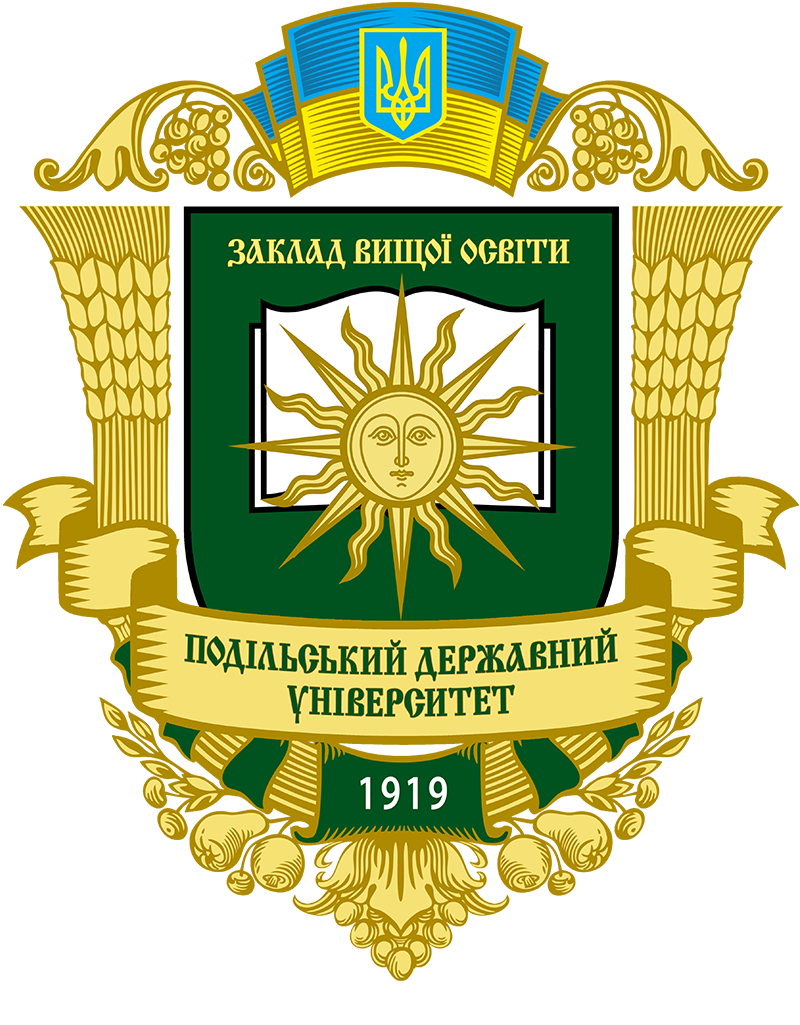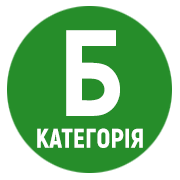THE CURRENT STATE AND PROSPECTS OF SHEEP BREEDING IN KHMELNYTSKYI REGION
DOI:
https://doi.org/10.37406/2706-9052-2024-2.12Keywords:
sheep breeding, livestock, lamb, wool production, wool shearingAbstract
Sheep breeding is an important branch of animal husbandry, but it has many problems. Today, this industry is quite promising, but it needs state support, which in turn will help reduce the cost of sheep production and increase profits. According to the State Statistics Service of Ukraine, the number of sheep has been steadily declining until 2020, and since 2021, the number of sheep has been growing in all categories of farms. It is worth noting that industrial sheep farming in Khmelnytskyi region has been actively developing since 2021, thanks to government support. Thus, the number of sheep in all categories of farms from 2020 to 2022 increased by 13.5 thousand heads; in enterprises – by 12.6; in households – by 0.9 thousand heads. The situation with sheep farming has deteriorated significantly since the full-scale invasion. Due to direct enemy aggression, Ukraine has lost 30% of its sheep population. Falling prices and broken logistics chains have created major problems. A significant problem in the sheep industry is the decline in quality breeding stock. The number of breeding sheep in the Khmelnytsky region amounted to 12300 thousand heads at the beginning of January 2023. This is 650 thousand less than in 2022. Breeding farms for breeding such breeds as Askania meat and wool with crossbred wool, North Caucasian and Merino wool have ceased to exist. However, since 2020, new breeding facilities have been established to breed Romanov and Dorper sheep. According to statistical analysis, the production of lamb and goat meat in farms of all categories in Khmelnytskyi region from 2000 to 2021 remained at the same level – 0.2 thousand tons in slaughter weight. In 2022, wool production in all categories of farms amounted to 5 tons, which is 24 tons less than in 2000. Wool production in enterprises and households in 2018 was between 1 and 5 tons, which is 20 and 3 tons less than in 2000, respectively. Since 2019, enterprises and households have stopped producing wool altogether, as it is not economically profitable. As for the average amount of wool sheared per sheep, in 2022, in farms of all categories, it amounted to 0.3 kg, which is 1.9 kg less than in 2000. This situation is explained by low purchase prices and the lack of a proper market for wool, which negatively affects the interest of producers.
References
Бойко В.О. Перспективи розвитку та підвищення конкурентоспроможності галузі вівчарства на Херсонщині. Економіка АПК. 2018. № 1. С. 26–33.
Вдовиченко Ю.В., Жарук П.Г. Генетичні ресурси овець в Україні. Вісник аграрної науки. Київ, 2019. № 5 (794). С. 38–44. DOI: 10.31073/agrovisnyk201905-04.
Вівчарство може стати одним із напрямів тваринництва, який найпростіше запустити на деокупованих територіях. Agroportal : веб-сайт. URL: https://agroportal.ua/publishing/intervyu/vivcharstvo-mozhe-stati-odnim-iz-napryamiv-tvarinnictvayakiy-nayprostishe-zapustiti-na-deokupovanih-teritoriyah (дата звернення: 02.04.2024).
Вільна ніша: чому вівчарство та козівництво залишаються в межах ремісничого виробництва. Agroportal : веб-сайт. URL: https://agroportal.ua/publishing/lichnyi-vzglyad/vilna-nisha-chomu-vivcharstvo-ta-kozivnictvo-zalishayutsya-v-mezhahremisnichogo-virobnictva (дата звернення: 04.04.2024).
Державний реєстр суб’єктів племінної справи у тваринництві за 2022 рік / загальна редакція С.В. Прийми. Київ, 2023. Том ІI. 190 с. URL: chrome-extension://efaidnbmnnnibpcajpcglclefindmkaj/https://minagro.gov.ua/storage/app/uploads/public/65c/9cf/401/65c9cf40166a5834793892.pdf (дата звернення: 10.04.2024).
Жарук Л.В., Коваль Т.С., Козак О.А. Розвиток світового ринку продукції вівчарства. Економіка АПК. 2020. № 8. С. 60–71. URL: https://doi.org/10.32317/2221-1055.202008060.
Скоріше живе, ніж мертве: як українське вівчарство здійснило експортний прорив. Agroportal : веб-сайт. URL: https://agroportal.ua/publishing/analitika/skoree-zhiv-chem-mertv-kak-ukrainskoe-ovtsevodstvo-osushchestvilo-eksportnyi-proryv (дата звернення: 01.04.2024).
Славкова О.П., Ковальова О.М. Перспективи розвитку вівчарства. Глобальні та національні проблеми економіки. 2017. Вип. 19. С. 101–106. URL: http://global-national.in.ua/archive/19-2017/22.pdf (дата звернення: 25.03.2024).
Стан та наукове забезпечення галузі вівчарства в Україні / Ю.В. Вдовиченко та ін. Науковий вісник «Асканія-Нова». 2016. Вип. 9. С. 3–16. URL: http://ascaniansc.in.ua/ images/M_images/20169.pdf (дата звернення: 25.03.2024).
Сушарник Я.А. Аналіз сучасного стану ринку вівчарства. Науковий Вісник Одеського національного економічного університету. 2021. № 9–10 (286–287). С. 92–98.
Тимофійшин І.І., Дереш О.М. Стан та шляхи відродження вівчарства Хмельниччини. Таврійський науковий вісник. 2021. № 81. С. 303–305. URL: http://www.tnv-agro.ksauniv.ks.ua/archives/81_2012/60.pdf (дата звернення: 26.03.2024).
Супрун І.О., Гетя А.А., Фичак В.М. Сучасний стан та перспективи розвитку вівчарства в Україні. Технологія виробництва і переробки продукції тваринництва : збірник наукових праць. 2021. № 2. С. 21–31. DOI: 10.33245/2310-9289-2021-166-2-21-31.
Тваринництво України : статистичний збірник 2009–2021 / Державна служба статистики України. Київ, 2022. URL: https://ukrstat.gov.ua/druk/publicat/Arhiv_u/07/Arch_tvar_zb.htm (дата звернення: 20.03.2024).
Тваринництво України : статистичний збірник 2022 / Державна служба статистики України. Київ, 2023. URL: chrome-extension://efaidnbmnnnibpcajpcglclefindmkaj/https://ukrstat.gov.ua/druk/publicat/kat_u/2023/zb/09/S_gos_22.pdf (дата звернення: 15.04.2024).
Через війну Україна втратила 30% поголів’я овець. Agroportal : веб-сайт. URL: https://agroportal.ua/news/zhivotnovodstvo/cherez-viynu-ukrajina-vtratila-30-pogoliv-ya-ovec (дата звернення: 05.04.2024).
Prospects of use of genetic resources of sheep in Ukraine / І. Suprun et al. Acta fytotechn zootechn. 2021. № 24 (1). P. 35–43. DOI: 10.15414/ afz.2021.24.01.35-43.










